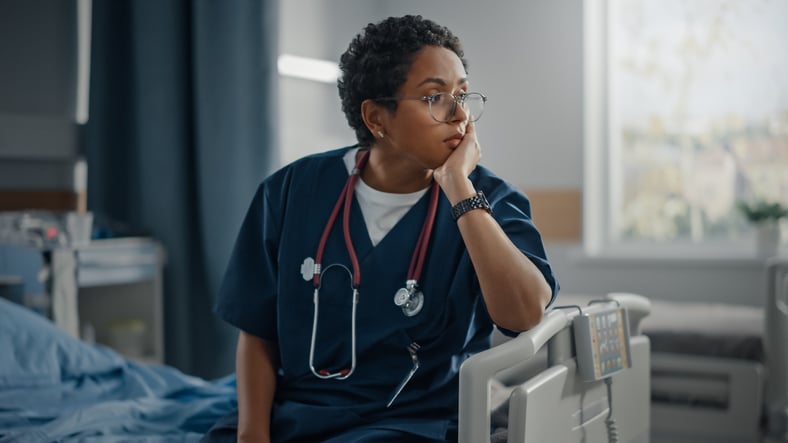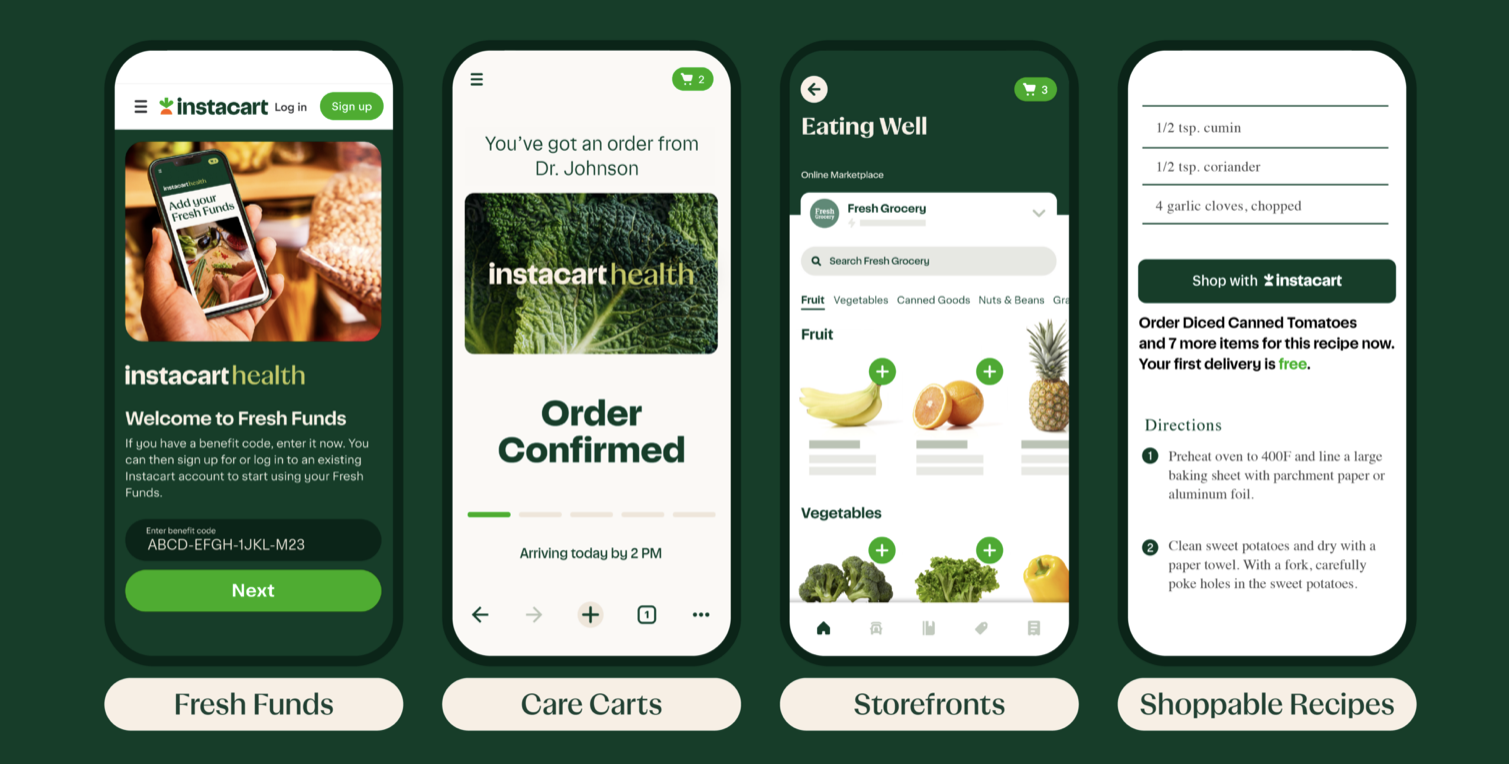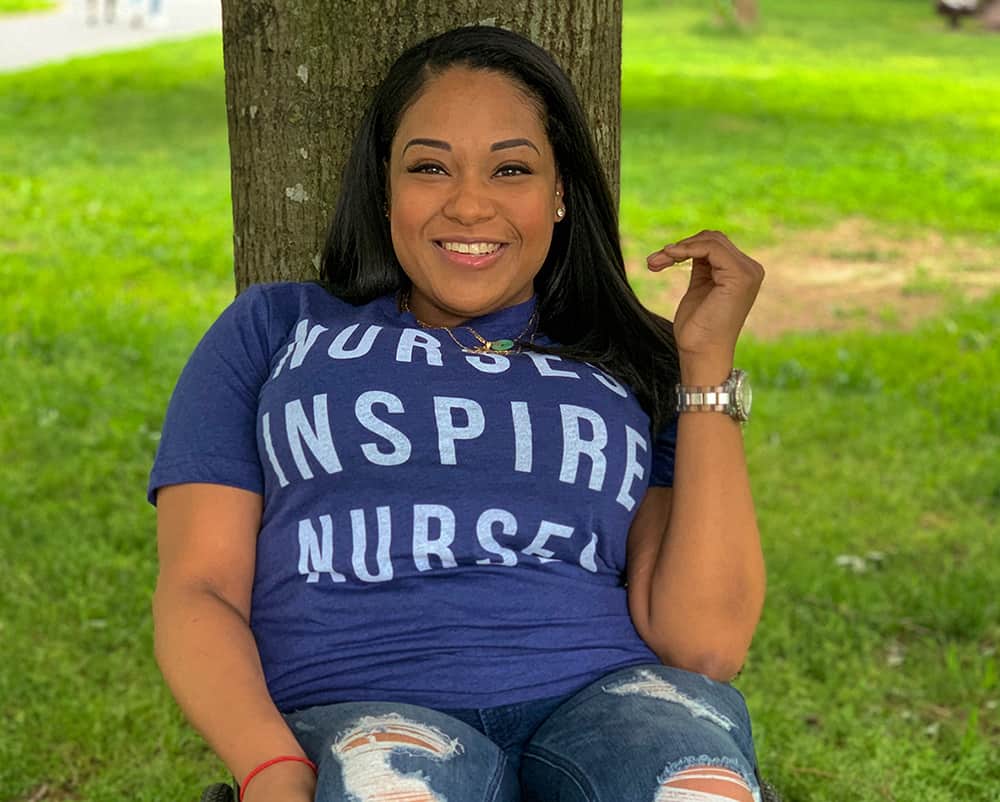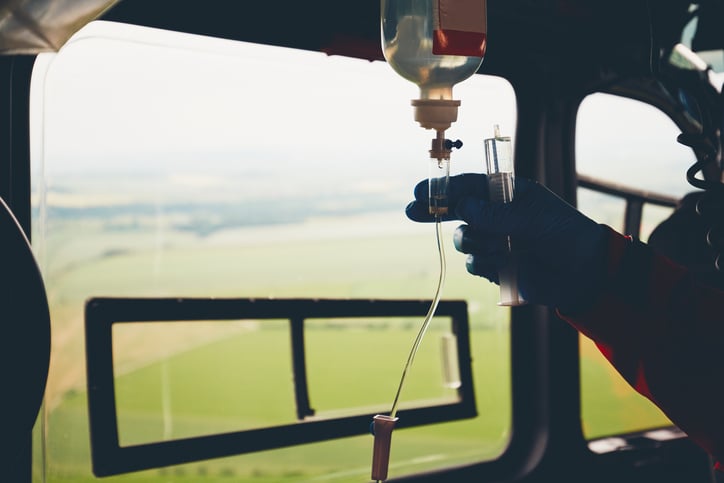 Maternal health disparities are a significant problem in the United States. Women in America are dying at a higher rate from pregnancy-related causes than in any other developed nation. Black women are three times more likely to die from pregnancy-related causes than white women.
Maternal health disparities are a significant problem in the United States. Women in America are dying at a higher rate from pregnancy-related causes than in any other developed nation. Black women are three times more likely to die from pregnancy-related causes than white women.
According to the Center for Health Care Strategies, Black infants are more than twice as likely to die within the first year of life as white infants. Native Americans/Alaska Natives, Asian Pacific Islanders, and subgroups of Latina women and children also fare worse than white families when it comes to maternal and child health outcomes.
Reducing racial disparities in maternal health requires a multilayered approach that addresses the underlying social causes of health and institutional racism.
Here are some strategies that could help erase racial disparities in maternal health:
Increase Access to High-Quality Prenatal Care
Black women are less likely to receive early and regular prenatal care than white women, which can lead to higher rates of complications during pregnancy and childbirth. Improving access to high-quality prenatal care can help reduce these disparities.
Address Structural Racism in Healthcare
Structural racism in healthcare, including implicit bias among healthcare providers, contributes to maternal health disparities. This racism means African American women often receive poorer quality care than white women. It means the denial of care when African American women seek help when enduring pain or that health care and social service providers fail to treat them with dignity and respect. This issue requires training healthcare providers to recognize and address their own biases and implementing policies that promote equity, culturally competent care and justice.
Increase Awareness and Education
Raising awareness of these disparities and educating the public, healthcare providers, and policy makers can help reduce disparities. This includes addressing the impact of systemic racism and the social determinants of health that contribute to poor maternal health outcomes.
Address Social Determinants of Health
Social determinants of health, such as poverty, lack of access to healthy food and safe housing, and limited access to transportation, can all impact maternal health outcomes. Improving these underlying issues can positively impact maternal health outcomes for all women.
Invest in Maternal Health Research
Investing in research on maternal health disparities can help identify effective approaches and programs. This includes studying the impact of implicit bias, the effectiveness of community-based interventions, and the impact of policies that address social determinants of health.
In conclusion, racial disparities in maternal health is complex and cannot be resolved overnight. This requires a comprehensive approach that addresses underlying social determinants of health and institutional racism. By implementing these strategies, we can work towards improving maternal health outcomes for all women, regardless of race.


 As Nurses, death can be a regular, everyday occurrence. But just because we encounter death frequently does not mean that experiencing the loss of a patient won't impact us. In this profession, we care for people when they are at their most vulnerable, and we create meaningful relationships with many of our patients and their families.
As Nurses, death can be a regular, everyday occurrence. But just because we encounter death frequently does not mean that experiencing the loss of a patient won't impact us. In this profession, we care for people when they are at their most vulnerable, and we create meaningful relationships with many of our patients and their families.  Congratulations on starting your Nursing career! Here are some pieces of advice that may help you as a new Nurse:
Congratulations on starting your Nursing career! Here are some pieces of advice that may help you as a new Nurse: Healthcare providers recognize the crucial role nutritious diets play in promoting and maintaining good health. People with healthy eating patterns
Healthcare providers recognize the crucial role nutritious diets play in promoting and maintaining good health. People with healthy eating patterns  Patients become difficult for many different reasons. They sometimes become challenging due to diseases that affect their reasoning, like dementia or Alzheimer’s. Other times, patients can become verbally or physically abusive due to high-stress situations or unmet wants or needs. Regardless of why some patients become difficult, Nurses can help handle and diffuse difficult patient interactions with these 5 helpful tips.
Patients become difficult for many different reasons. They sometimes become challenging due to diseases that affect their reasoning, like dementia or Alzheimer’s. Other times, patients can become verbally or physically abusive due to high-stress situations or unmet wants or needs. Regardless of why some patients become difficult, Nurses can help handle and diffuse difficult patient interactions with these 5 helpful tips.  Choosing the right Nursing specialty can be a challenging decision, as there are many areas of Nursing to consider. Here are some steps that can help you choose the right specialty:
Choosing the right Nursing specialty can be a challenging decision, as there are many areas of Nursing to consider. Here are some steps that can help you choose the right specialty: Using humor in Nursing can be a valuable tool for creating a positive patient experience, improving communication, and reducing stress and anxiety among patients and fellow healthcare providers.
Using humor in Nursing can be a valuable tool for creating a positive patient experience, improving communication, and reducing stress and anxiety among patients and fellow healthcare providers. Hiring Nurses who reflect Diversity, Equity, and Inclusion (DEI) is an important step towards creating a healthcare system that is accessible and welcoming to all patients, regardless of their race, ethnicity, gender identity, sexual orientation, or any other characteristic.
Hiring Nurses who reflect Diversity, Equity, and Inclusion (DEI) is an important step towards creating a healthcare system that is accessible and welcoming to all patients, regardless of their race, ethnicity, gender identity, sexual orientation, or any other characteristic. 
 Emergencies can happen anywhere and patients need to be transported to facilities via ambulance or flight. This is when
Emergencies can happen anywhere and patients need to be transported to facilities via ambulance or flight. This is when